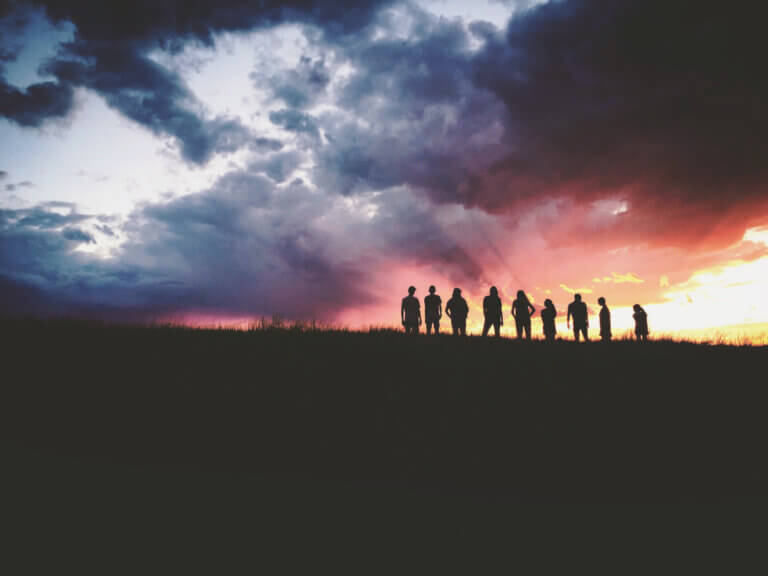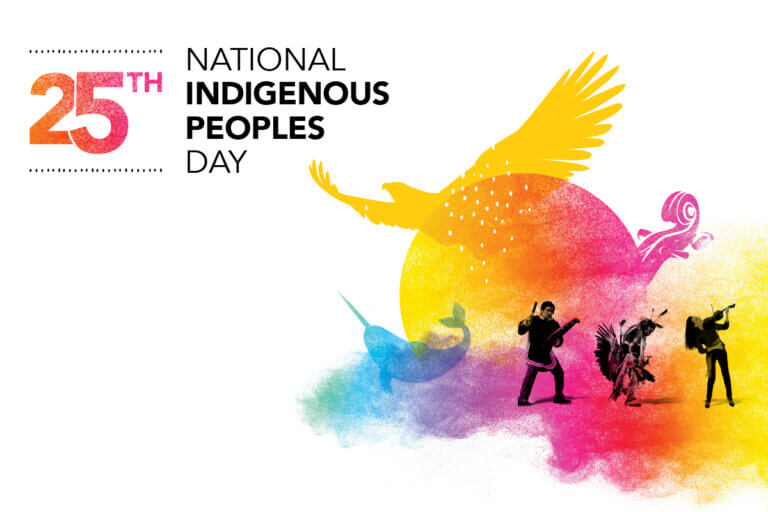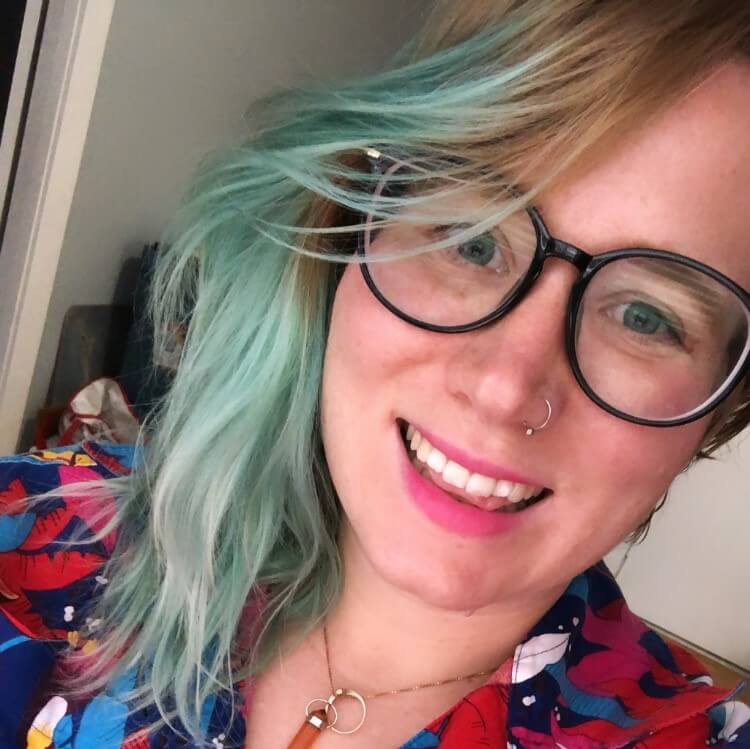Many of the conversations around masculinity these days are around toxic masculinity: what it is, why it’s bad, how it affects people. Less often are the conversations centered around what positive or healthy masculinity looks like, though it’s becoming more common. Very rarely are there opportunities to partake in classes about healthy and positive masculinity. Tuck Malloy is a sex educator who’s providing some of that education.
What is the Difference Between Toxic Masculinity & Healthy Masculinity?
According to Green Hill Recovery, toxic masculinity is often defined as a series of traits “wherein men use dominance, violence and control to assert their power and superiority”. Green Hill Recovery describes how this includes telling boys to “man up” when they’re upset or justifying abusive behavior by saying “boys will be boys.”
Alternatively, healthy masculinity allows boys and men to show their feelings and emotions freely, encourages compassion and caretaking and fosters emotional connections and honesty with people in their lives, of all genders and identities. Ultimately, it encourages us to think of masculinity in a wider, more nuanced way versus the more traditional idea we’ve been shown through movies, books, political leaders and athletes.

Exploring Healthy Masculinity and What It Can Look Like
Tuck Malloy offers a wide range of courses for people to partake in, from sensation play and BDSM basics to healthy masculinity and navigating non-monogamy. For Malloy, these things are intertwined: healthy sex lives are a result of healthy relationships, which are the result of individuals taking the time to do introspective work.
Malloy’s interest in healthy masculinity is deeply personal. As a non-binary trans-masculine individual, Malloy had to navigate what their experience with masculinity had been, what healthy masculinity could look like, and how to feel valid in that presentation, even if it’s not an interpretation that society at large acknowledges.
“There was this really interesting shift in my life when I started to explore gender identity and realized that more masculine expressions and identities felt really good and homey and pleasurable and sexy,” said Malloy. “It was kind of shocking to me because I’ve had so many experiences of being around masculine people that were so toxic and unpleasant and violent and hurtful. I felt kind of at odds with myself for quite a bit of time, just trying to figure out — ‘What in me is desiring this? What is a loving version of this masculinity? In what ways can I show up in spaces and be a masculine person and also not reject femininity or softness or emotional capacities, availability,’ — all these things that I really, really value.”
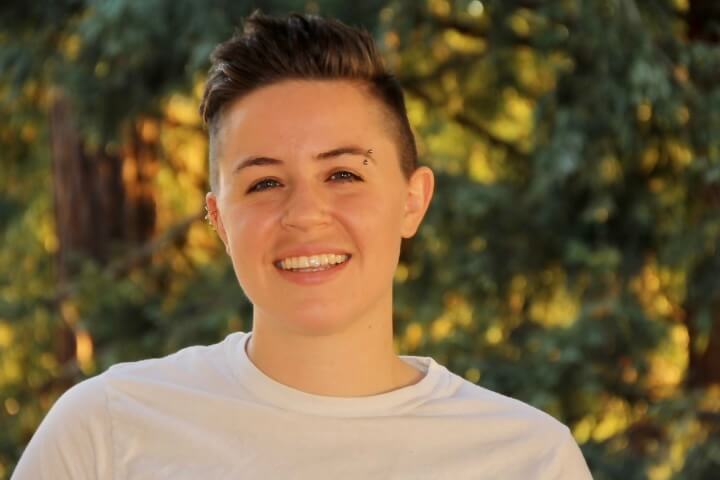
Negative experiences with toxic masculinity are a universal experience for everyone, including men who may not realize they’re embodying that toxicity. Trying to find a way out is not a quick or easy task.
“I’ve had lots of different students who have lots of gender identities and lots of different gender expressions come to me with these questions of, ‘How do I engage with masculinity in a way that is healthy and loving and supportive?’ And it’s been really interesting to see the different ways that that comes up for people,” they said.
Masculinity Can Be a Difficult Thing to Navigate
For many people, masculinity is synonymous with dominance, both publicly and privately, something that Malloy says can be a difficult thing for people of all gender and sexual expressions to navigate, especially when it comes to sex.
“When people say that they want to explore dominance, even if they’re a really feminine person, there’s often some aspect of, ‘How can I engage with these qualities in a way that is supportive and loving and healthy and considerate of other people?’” explained Malloy. “I think those questions just kind of get blurry with, ‘How does this relate to masculinity in the ways that I’ve understood masculinity in my life?’”
Malloy thinks that having these questions makes a lot of sense because, “we mostly see masculine people being dominant in sexual situations” which then leads people on a thought exercise that often results in the realization that, “Oh, dominance really isn’t related to masculinity at all.”
Deconstructing What It Means to Be Masculine or Feminine
Related Articles
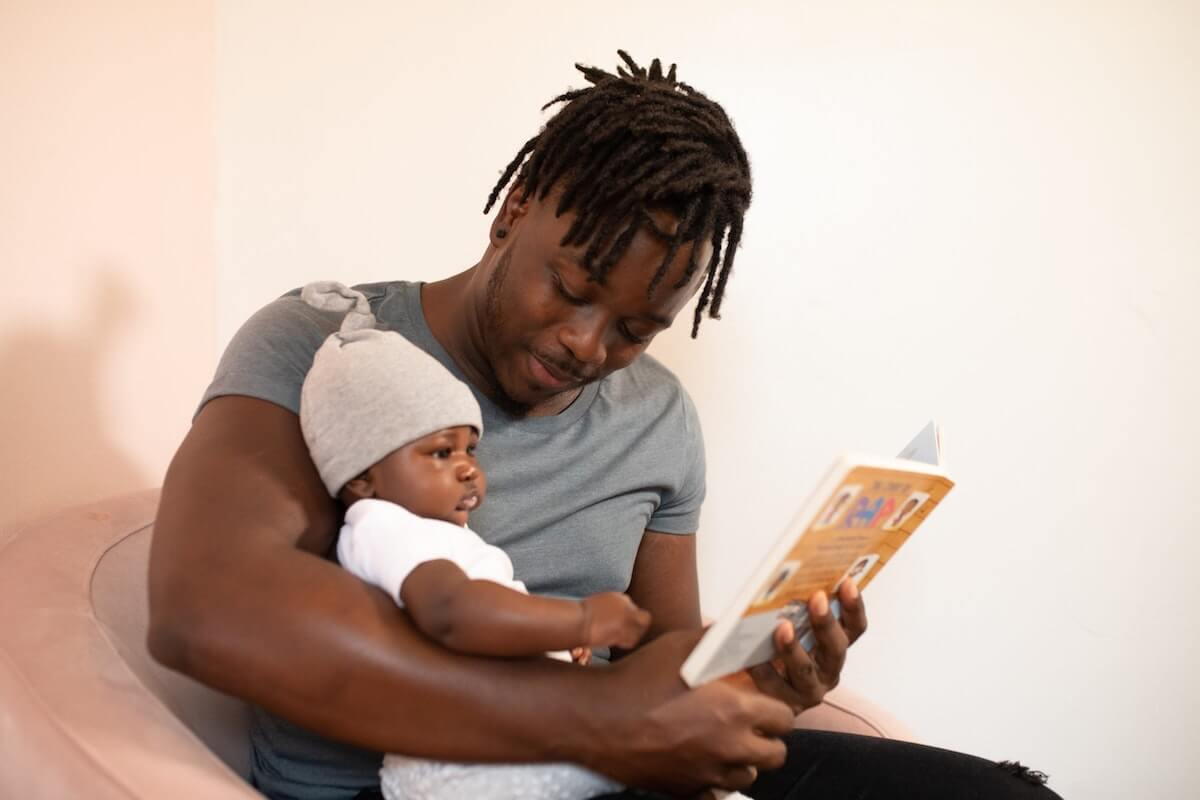
Taking a closer look at our perceptions of what it means to be masculine or feminine is one of the things Malloy covers in their course. The group discusses and explores what aspects people typically think of as one or the other and why that is. An example from Malloy’s experience is their love of children and their experience as a babysitter and nanny for the majority of their life.
“There are so many representations of women being nurturing and caring and that being associated with femininity and not that many associated with masculinity,” said Malloy. “I certainly don’t feel like I’ve had that many role models of men or masculine people who really were caring for children or showing up for them and really being sweet and kind. Part of my masculinity is nurturing and protecting and caring, uplifting others.”
Malloy describes how those traits can be incorporated into their sense of healthy masculinity, “I’m already a masculine person, so these things get to come along with me.” In their courses, they really want participants to start deconstructing the idea that “masculinity and femininity are in opposition to each other and you either have one or the other.”
“There are also feminine qualities within me that don’t deny or counteract or negate my masculinity,” explained Malloy. “They can just co-exist and inform each other.”
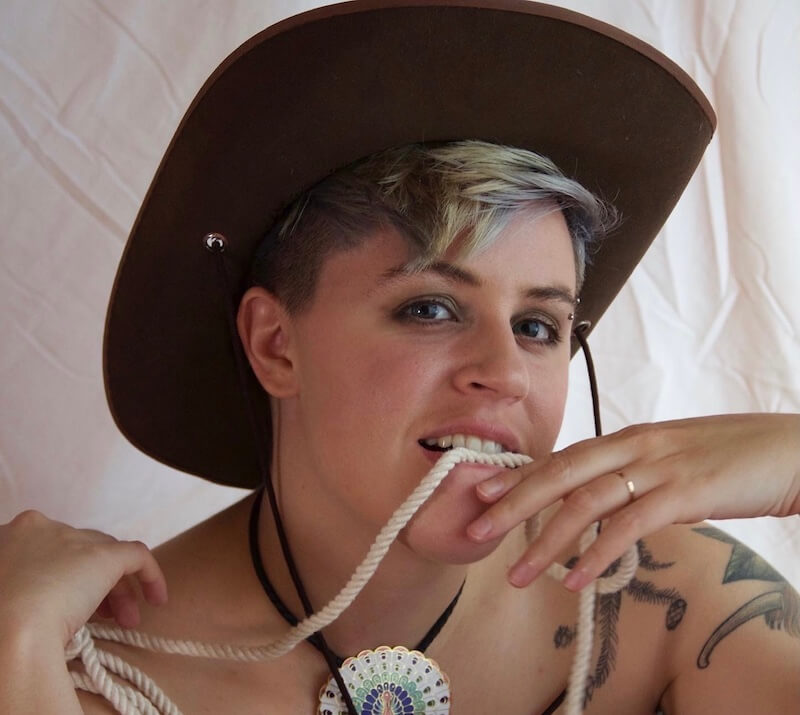
Exploring How Interpretations of Masculinity Impact Relationships
Malloy isn’t promising anyone attending their class easy or concrete answers. Rather, the expectation is that participants will most likely walk away having more questions and curiosity about healthy masculinity than they did prior to entering the class.
“I want you to have the tools to continue questioning,” they said. “There’s so much more we can discuss and work we can do internally. I want people to be more willing to hold space for nuance and continuous questions.”
Malloy also wants individuals to consider how their interpretations of masculinity are impacting their relationships, from familial to friendship to romantic, often in ways they may not realize are a result of that toxicity. Individuals are holding so tightly and fiercely to a certain set of expectations and norms, explained Malloy, that it “impacts their relationships and inhibits joy and pleasure and intimacy.”

‘What if We Just Did Stuff That Felt Good?’
This is where healthy masculinity leads into the sex education work that Malloy does. Couples often take courses together and a common experience, especially for cisgender heterosexual couples, is that women are often wanting their partners to let go a little and learn how to play and have fun “without worrying that this is going to make you less of a man or make you less masculine.”
Malloy said some of the common things they hear during their courses include: “Let’s explore penetration! Let’s explore pleasure! Let’s explore shifting dynamics, because it’s fun and it doesn’t have to be anything more than that!” They added, “I feel like that’s the thesis statement for my work: What if we just did stuff that felt good? And didn’t worry about it?”
To learn more about Tuck Malloy’s Healthy Masculinity class, head to their website. They also host a lot of information over on their Instagram.
More examples of the internet being used for good: this online academy creates a safe space for the queer community.


